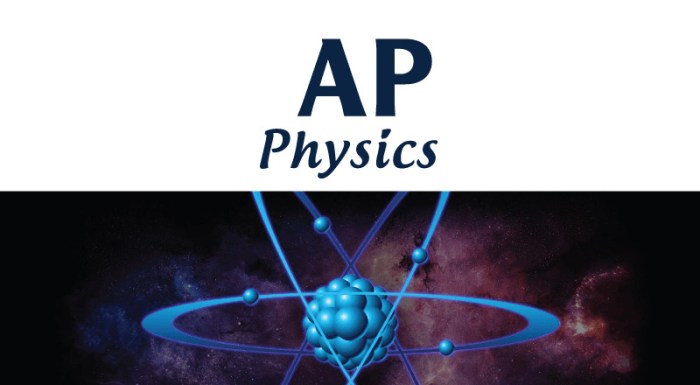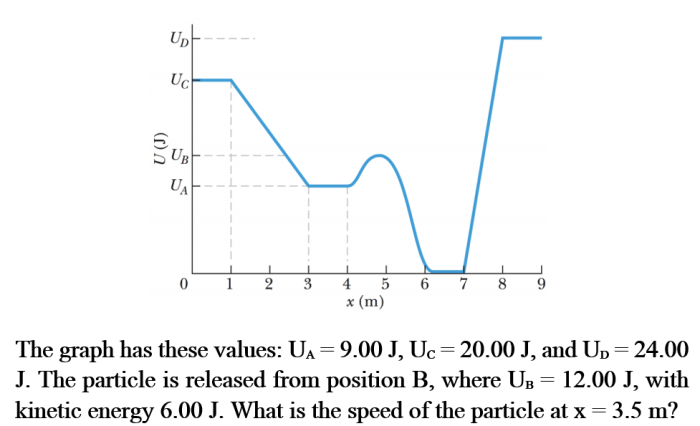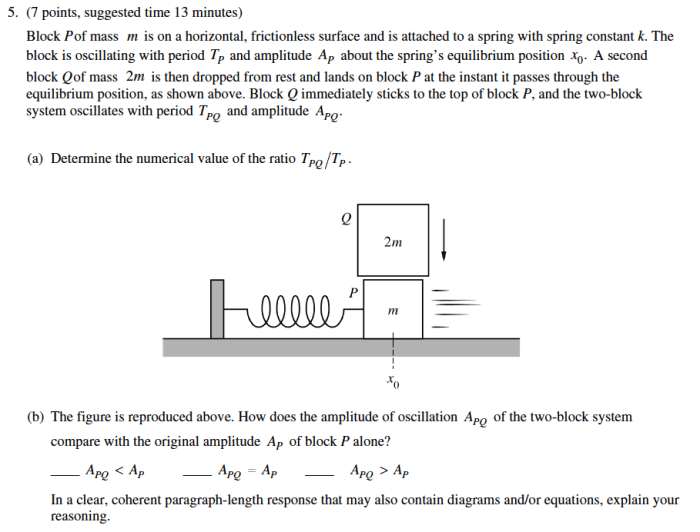Embarking on a journey through AP Physics 1 graphs and relationships, we delve into a realm where motion is deciphered through the power of visual representations. Graphs become indispensable tools, enabling us to analyze, predict, and comprehend the intricate dance of objects in motion.
From position-time graphs that unveil an object’s journey through space to velocity-time graphs that capture the ebb and flow of speed, graphs provide a window into the dynamics of motion. Through kinematic equations and graphical analysis, we unlock the secrets of motion, unraveling displacement, velocity, and acceleration with precision.
Introduction to AP Physics 1 Graphs and Relationships

Graphs play a crucial role in AP Physics 1, providing a powerful tool for analyzing and understanding motion. They allow students to visualize the relationships between different variables and gain insights into the behavior of objects in motion.
Different Types of Graphs
- Position-time graphs show the position of an object as a function of time.
- Velocity-time graphs show the velocity of an object as a function of time.
- Acceleration-time graphs show the acceleration of an object as a function of time.
Real-World Applications
- Engineers use graphs to analyze the motion of objects in machines and structures.
- Sports scientists use graphs to study the movements of athletes.
- Medical professionals use graphs to monitor the motion of patients during physical therapy and rehabilitation.
Kinematic Equations and Graphing

Kinematic equations are mathematical equations that relate the position, velocity, and acceleration of an object in motion. These equations can be derived using graphs.
Using Kinematic Equations, Ap physics 1 graphs and relationships
Kinematic equations can be used to solve problems involving the motion of objects in one dimension. For example, the following equation can be used to determine the position of an object at any given time:
x = x0+ v 0t + 1/2at 2
Practice Problems
Practice problems involving the use of kinematic equations and graphing can help students develop their problem-solving skills.
Graphical Analysis of Motion

Graphs can be used to analyze the motion of objects by determining displacement, velocity, and acceleration.
Slope and Area Under the Curve
The slope of a graph represents the rate of change of the dependent variable with respect to the independent variable. The area under a graph represents the total change in the dependent variable over the given interval.
Solving Motion Problems
Graphical analysis can be used to solve a variety of motion problems. For example, the displacement of an object can be determined by finding the area under the velocity-time graph.
Projectile Motion and Graphs: Ap Physics 1 Graphs And Relationships

Graphs can be used to analyze the motion of projectiles. Projectile motion is a two-dimensional motion that is affected by gravity.
Types of Projectile Motion Graphs
- Height-time graphs show the height of a projectile as a function of time.
- Range-time graphs show the horizontal distance traveled by a projectile as a function of time.
Solving Problems
Projectile motion graphs can be used to solve problems involving the motion of projectiles. For example, the height of a projectile at a given time can be determined by finding the value of the height-time graph at that time.
Applications of Graphs in AP Physics 1
Graphs are used in a variety of applications in AP Physics 1.
Real-World Examples
- Engineers use graphs to model the motion of objects in machines and structures.
- Sports scientists use graphs to analyze the movements of athletes.
- Medical professionals use graphs to monitor the motion of patients during physical therapy and rehabilitation.
Modeling and Prediction
Graphs can be used to model the motion of objects and predict their future behavior.
Exploration and Application
Students can explore and apply their knowledge of graphs in different contexts through hands-on activities and simulations.
FAQs
What is the significance of graphs in AP Physics 1?
Graphs provide visual representations of motion, enabling us to analyze displacement, velocity, and acceleration with greater clarity and precision.
How are kinematic equations related to graphs?
Kinematic equations can be used to derive the equations of motion for objects in one dimension, which can then be plotted on graphs to visualize the motion.
What is the concept of slope in the context of motion graphs?
The slope of a position-time graph represents velocity, while the slope of a velocity-time graph represents acceleration.
How can graphs be used to analyze projectile motion?
Height-time graphs and range-time graphs provide valuable insights into the trajectory, maximum height, and range of projectiles.
What are some real-world applications of graphs in AP Physics 1?
Graphs are used in engineering to design efficient machines, in sports to analyze athletic performance, and in medicine to monitor patient movement.
